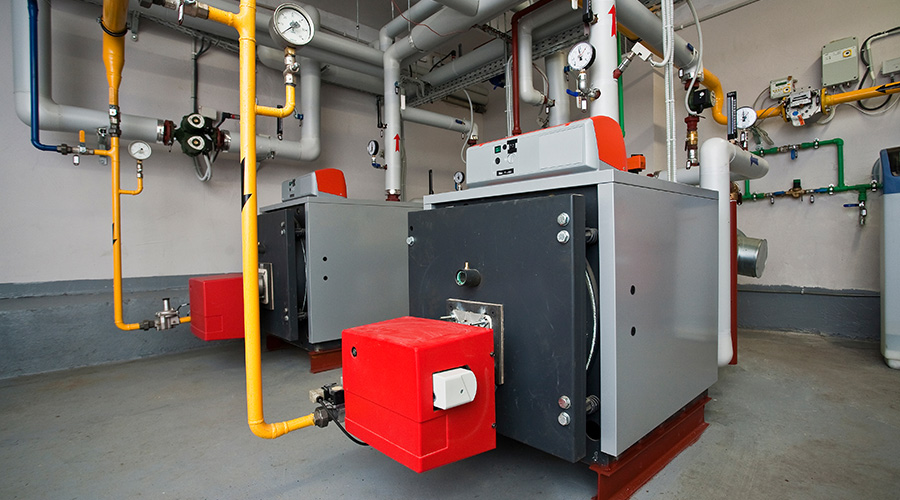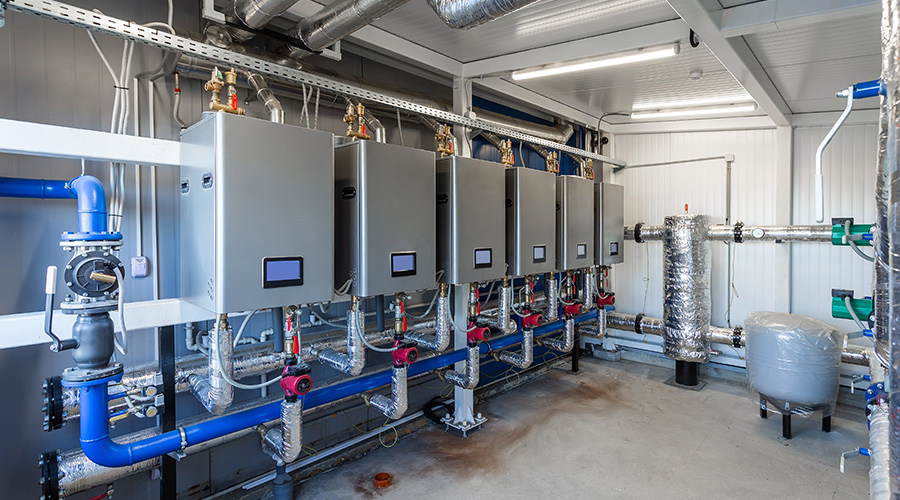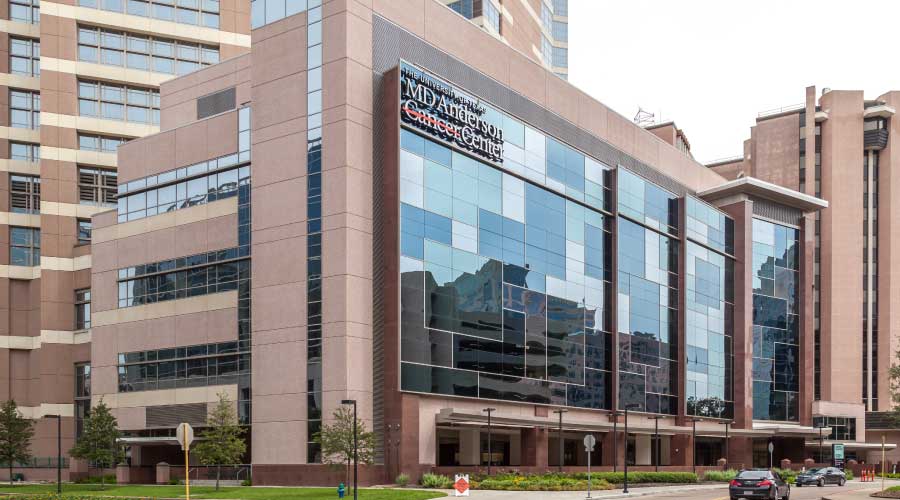Effective Planning, Clear Communication Pave the Way for Boiler Replacement
It is unusual for a repair or replacement project in an institutional or commercial facility to go off without a hitch. Schedules, equipment, ancillary materials, technicians and a host of other factors need to mesh almost precisely for that to occur. So when the project in question is the replacement of a major HVAC component that just happens to be embedded deep within a facility, success often is even more elusive.
That scenario is exactly what happened, however, when St. Mary's Hospital in Madison, Wis., replaced its 25-year-old boiler in 2007. The project is a prime example of the role planning and preparation play in any project's success.
"I think it's a testament to the planning that we really didn't have surprises," says John Puckett the hospital's director of plant services. "It was well thought out, well coordinated, well communicated. The staff was able to keep things running. We had contingency plans, but we didn't have to exercise them with the installation of the new boiler."
Responding to Expansion
Growth on the hospital's campus drove the decision to replace the boiler. The campus consists of 1.3 million square feet in nine buildings ranging in age from four years old to 100 years old.
The project involved replacing the old 12,000 pound-per-hour firetube boiler installed in 1986 with a new 40,000 pound-per-hour watertube steam boiler. The project also included replacing an existing 40,000 pound per hour deaerator/boiler-feed assembly with a new 80,000 pound-per-hour assembly. The project increased the plant's total steam capacity to 126,000 pounds per hour.
The two facility additions opened in late 2007, and the boiler replacement took place between October 2007 and January 2008. The hospital's 27,000-square-foot central power plant provides steam, chilled water, and additional utilities to the campus. In anticipation of campus expansion and the boiler's replacement, the power plant had doubled in size in 2006.
The old boiler "was removed because it was undersized for the campus additions," Puckett says. Two particular campus expansions prompted the replacement decision.
"Our engineering partners calculated both the addition of the cardiac center wing, which was 210,000 square feet, and then the outpatient campus (200,000 square feet), kind of drove that. So this boiler was configured based on the calculations for providing reliable and redundant heat to those facilities."
The boiler upgrade also leaves the hospital in position to provide additional utilities in the event of future expansion.
"Our engineering partners have showed great foresight in oversizing things a bit to accommodate (any future expansions)," Puckett says.
"We do have capacity to build up on a couple of wings at some point in the future if things continue to go as positively as they have. We wouldn't have to rebuild the power plant to accommodate that. There are some contingencies built in that would allow for that."
Related Topics:













